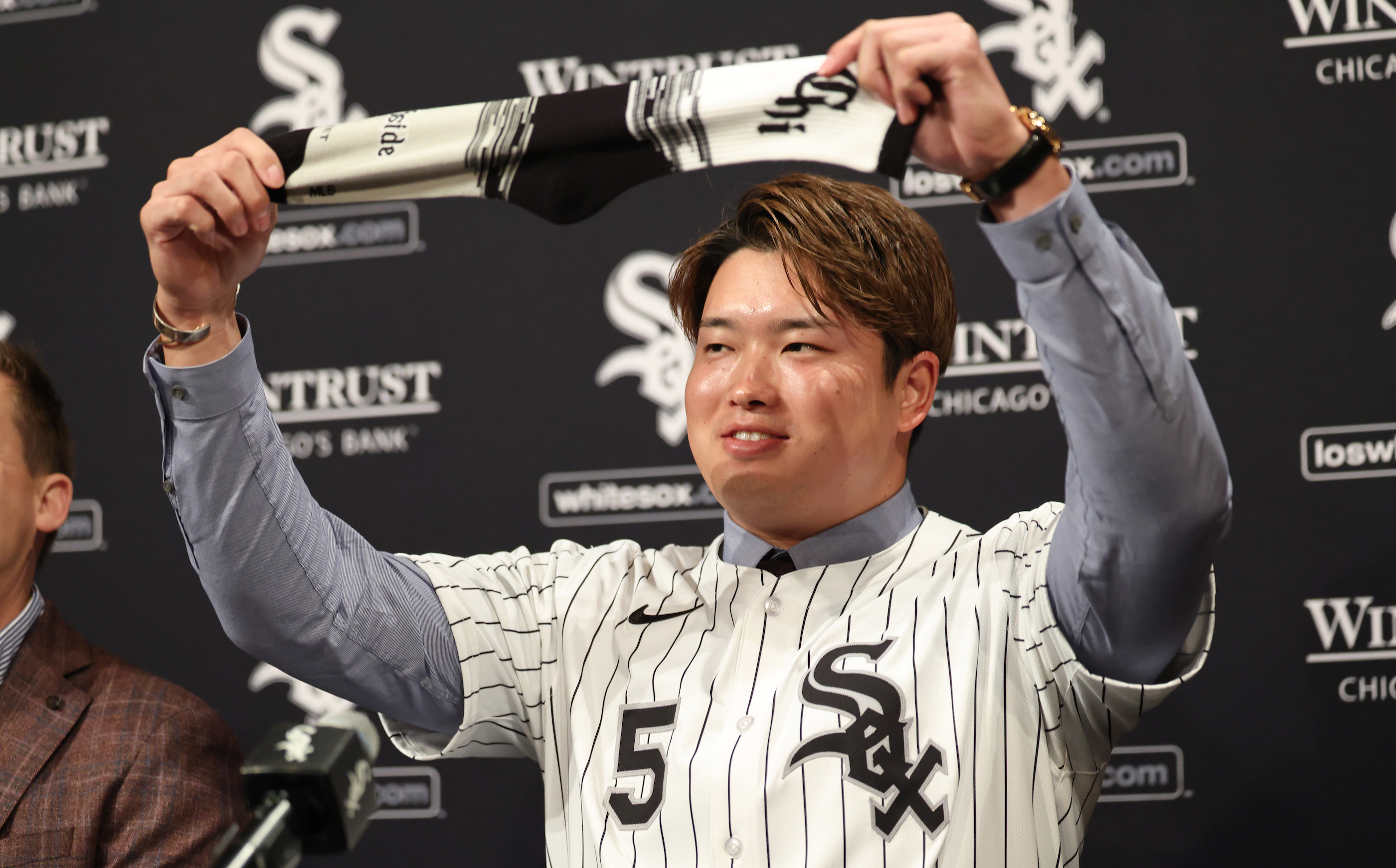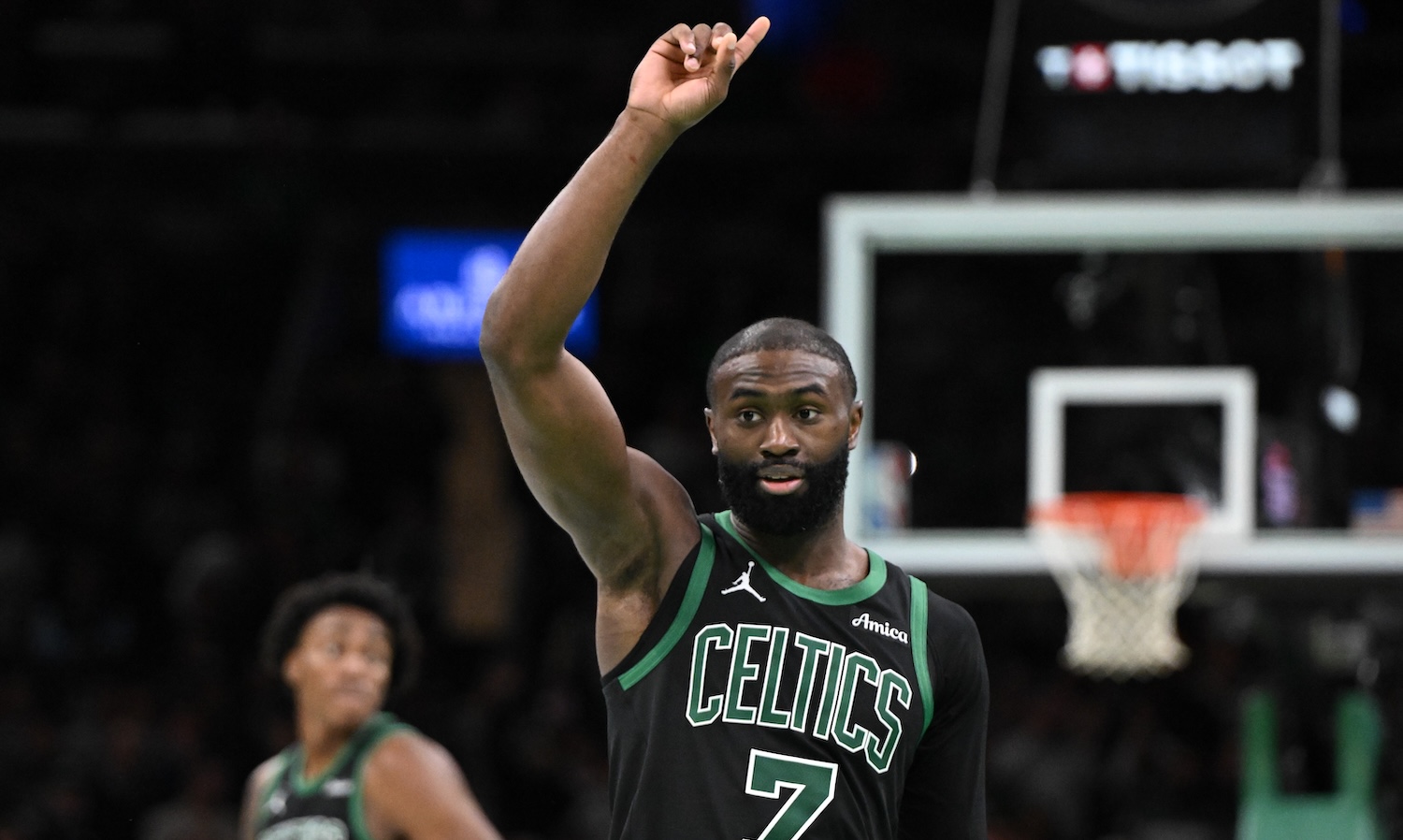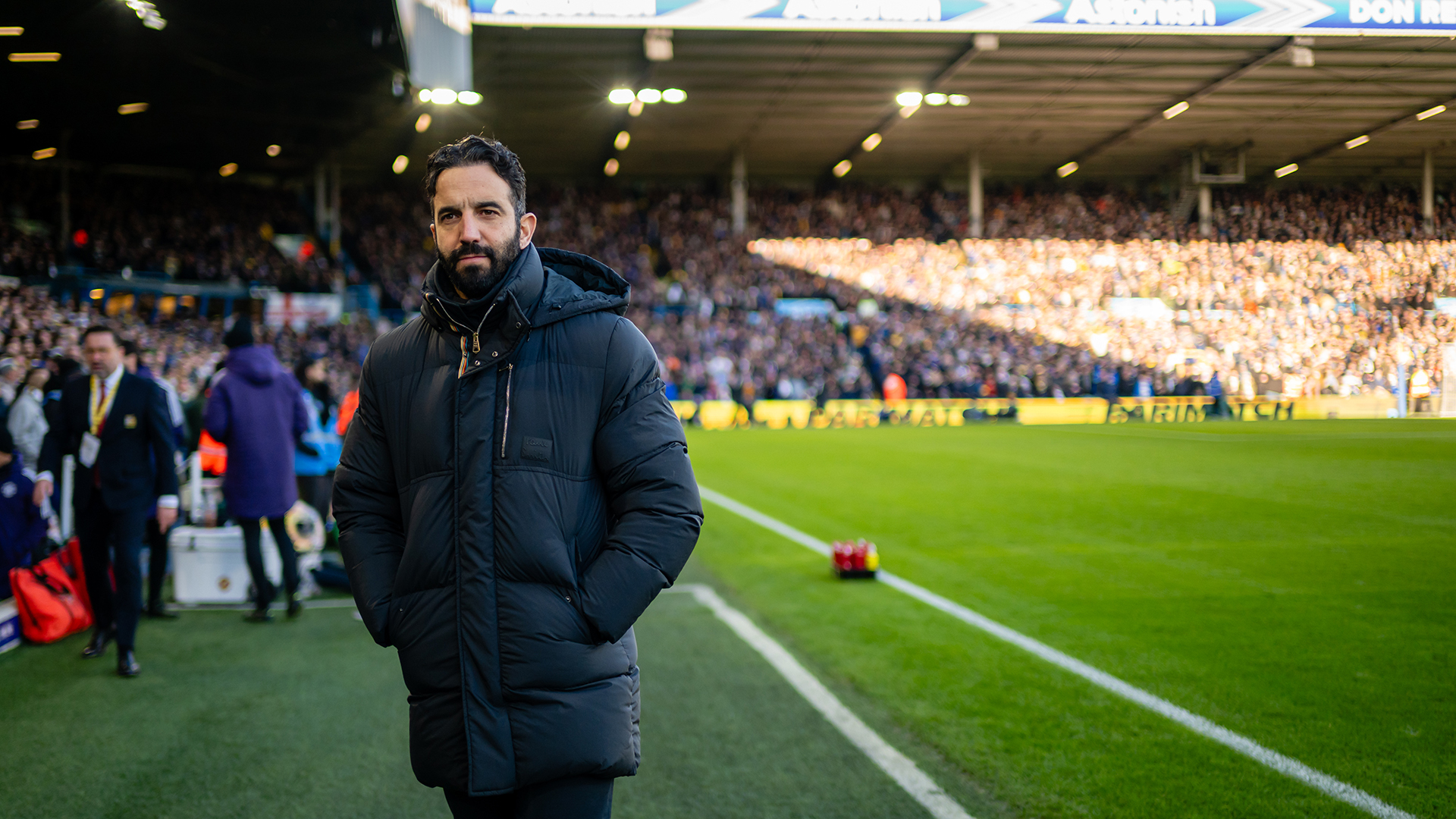The NFL’s salary cap is one of those things that is almost beyond all knowing and understanding, like time travel, and deja vu. “It’s impossible to know it. It is very complicated and you don’t really want to do it on your own,” said one personnel executive when I asked him to explain precisely how it's set every year.
There are only a select few people who really understand the inner workings of this mysterious phenomenon. That small minority of executives, known as “cap guys,” have made it their life’s work to wrangle the unruly spending limit and break it to submit to their will, instead of the other way around. The people who enjoy navigating the salary cap are the same people who like to do really hard puzzles, but also invent new ways to complete the puzzles while doing them.
The rest of us have to be content with understanding the broad outline of how the salary cap works, which is that every offseason the NFL and NFLPA negotiate to decide what the upcoming season's salary cap will be. The reason this is a negotiation process and not simply the execution of a math equation based on the Collective Bargaining Agreement's revenue split is that projected future earnings and a variety of other factors have to be taken into account. Given that NFL revenue is constantly ascending, these negotiations have historically been needed only to determine how much the cap will go up very year. The salary cap debuted in 1994 at $34.6 million and rose to $198 million by 2020.
Things are different this year, and the salary cap is causing some mischief and mayhem. In 2020, NFL stadiums had limited attendance, or none at all, and that loss of revenue in ticket sales meant the cap number would likely be lower for 2021 to balance out the losses suffered in 2020. Teams have had an understanding that there would be a lower cap this year for months, but the NFL and the players' association did not officially set the cap until Wednesday, when they announced the figure at $182.5 million, down eight percent from 2020. The problem is that NFL teams typically budget two or three years out and have grown comfortable budgeting to spend $10 million more on their players each year in anticipation of an ever-rising salary cap. So the $16 million cap decrease this year is more like $26 million because of the $10 million increase that teams expected just a year ago.
On the surface, it makes perfect sense that the cap would go down following a season in which ticket sales were all but non-existent, but a lower 2021 cap wasn't made inevitable by math or natural law. In conversations with NFL agents over the last month, I heard several questions about whether the league really needed to drop the salary cap at all this year. The argument against slashing the 2021 cap is pretty simple: Since it's a number that always takes future revenue projections into account anyway, why cut it when huge revenue streams are just beyond the horizon? Gambling revenue, a 17th game, and the expanded playoff field will all bring in heaps of new money. And most importantly, the league is currently negotiating the next round of 10-year TV rights deals (four major networks, CBS, Fox, NBC, and ESPN/ABC, are expected to pay the league $2 billion per year, along with a smaller deal with Amazon for Thursday Night Football). Most of the network deals won’t go into effect until 2023, but the money will be huge, and that money is the biggest factor in determining the cap.
“If the league wanted a billion dollar cap next year, they could,” one agent said, exaggerating to prove his point.
After the cap number was set, I asked a few executives around the league if they felt the same frustration as the agents, but I found there was more understanding and acceptance inside teams, and a bit of relief that the number wasn't even lower, because they had been working off a preliminary $175 million cap that was agreed upon by the NFL and NFLPA before the 2020 season as the salary cap floor.
“They could have made it even lower, they could have justified making it even lower,” said one personnel executive. “Both sides wanted to have a one-year hit so the players who are hitting free agency next year aren’t feeling it. This class of free agents is feeling it the worst. Do you want to screw over the next five free agent classes?”
Thinking about any of this for too long can make you feel a little crazy. If the league could have set the cap at any number, and if teams can spend cash that does not affect the cap by creating fake contract years—like the Cowboys just did with Dak Prescott—then does any of this matter? Does the limit exist? What are numbers?
It can be easy to wave this all off. Sure, maybe the salary cap didn't need to come down by $16 million this year, but won't things just even out again when it makes a huge jump up after fans return to the stadiums and the new TV deals are signed? But that thinking would be of little comfort to the players who, due to nothing more than the bad luck of timing, are paying a hefty price right now. There’s already a long list of veterans that make up the NFL’s upper-middle class who have been cut in salary cap-slashing measures this year: Emmanuel Sanders, Kyle Van Noy, Janoris Jenkins, Eric Fisher, Mitchell Schwartz, Kevin Zeitler, Alex Smith, Golden Tate, Desmond Trufant, Malcolm Butler, and Kawann Short. Others have been forced to restructure contracts, which for some, can mean ultimately losing money.
Some of this bloodletting could have been spared if the league and the players' association had agreed to spread the decrease out over several years, or, again, just kept the cap flat in anticipation of huge future revenues. But that would have required the owners to, well, not act like owners.
“The owners are always going to keep costs down,” said one cap guy. “Why would they want it to increase it when it could be lower this year?”
“Honestly,” said another personnel executive, “the owners never lose. It may be less money, but they never lose.”






